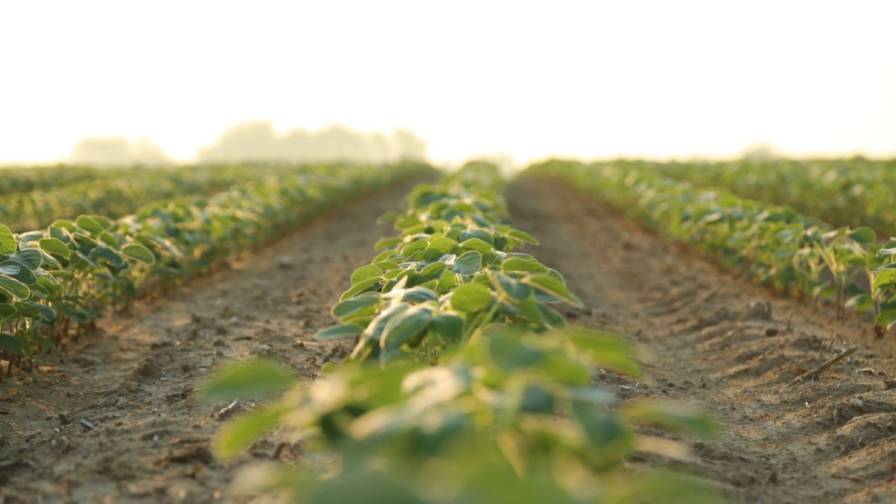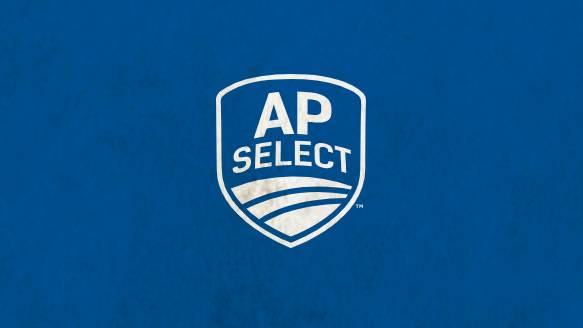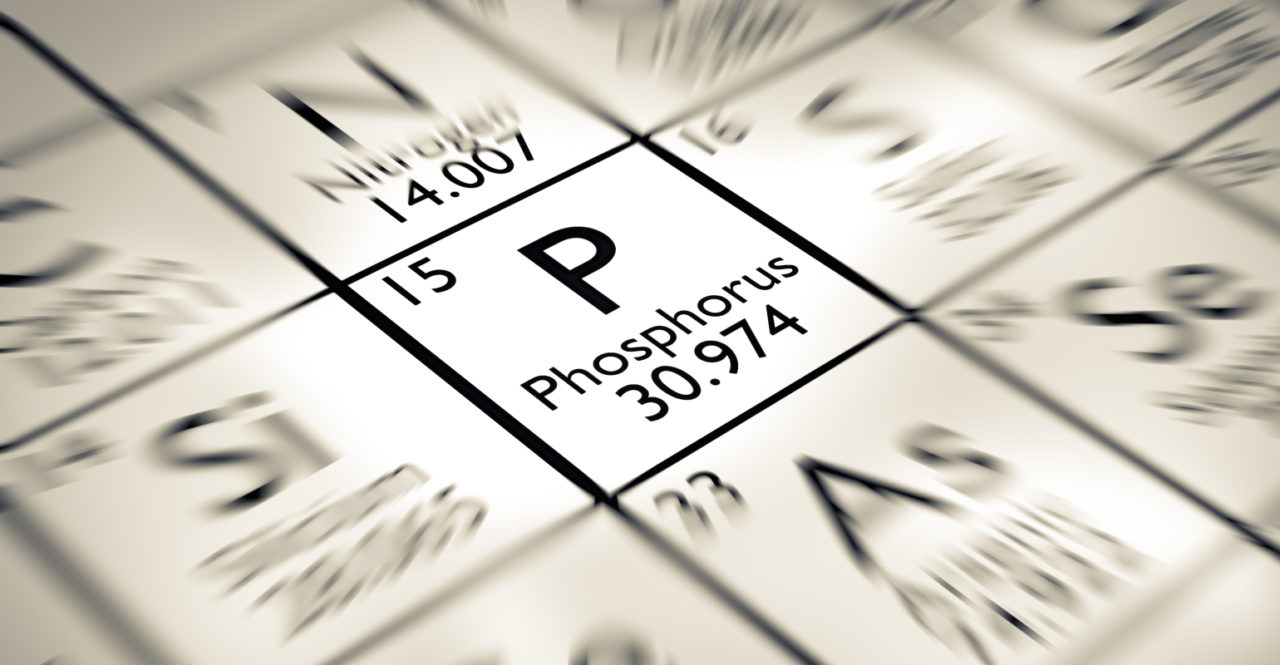Key Takeaways From Agritechnica: A Q&A With Farm Science Review Manager Chuck Gamble

Chuck Gamble, manager of the Farm Science Review, visits with Jerry Roell, director of John Deere FarmSight, at Agritechnica 2013.
Chuck Gamble, manager of the Farm Science Review, recently attended Agritechnica, the world’s largest exhibition for agricultural machinery, in Hanover, Germany. Traveling with a group of agricultural engineers from various universities across the U.S. and New Zealand attending their annual international conference, Gamble had the opportunity to visit with other managers of both domestic and European farm shows, tour agricultural facilities specific to Germany and network with agriculture enthusiasts from all over the world.
Gamble shares his takeaways from European agriculture and how the success of Agritechnica can be applied to the Farm Science Review:
Q. Why is it beneficial to attend other farm shows as the manager of the Farm Science Review?
A. Peer review is the best way for all farm shows to improve, to create the best format or venue for the farm attendees and our exhibitors. There is not one perfect farm show, but we can observe our peers at work, take note and decide if this or that practice might make our own show better. The Farm Science Review is all about heading toward world-class and doing what it takes to get there.
Q. What is the biggest difference between farm shows in the U.S. compared to farm shows in Europe?
A. The farm shows in the U.S. have always focused on agricultural equipment. In the European Union, farm shows focus on either equipment or livestock, or a combination of both. Don’t get me wrong, you may see livestock at U.S. farm shows, but it is only a small component. Livestock may be more prominent at European farm shows because many of the major breeds of livestock originated in Europe.
Q. What were some of the key takeaways from Agritechnica about agriculture in general?
A. The agricultural economy in Germany and the surrounding region must be very robust compared to that of the U.S. I say this because the exhibitor displays at Agritechnica were very elaborate and there was a heavy focus on technology. You can tell that European manufacturers take great pride in the region’s technological development. Since Europe’s cropping systems aren’t too different from ours, European farm shows have to be international in terms of technology and equipment or they won’t be successful.
Q. What will you share with your staff and supporters of the Farm Science Review from Agritechnica?
A. The Agritechnica venue is impossible to duplicate; the 28 buildings covering 85 indoor acres are top-notch. The World’s Fair was held at the facility in 2000. It was evident the Agritechnica management pays close attention to detail, like we do at the Farm Science Review! And, the international contacts I made were valuable. If an international company wanted to market in the U.S., we have the venue to do so in Ohio. I did discover that an India-based tractor manufacturer, Mahindra, who is making great strides in smaller horsepower tractors, did not participate in Agritechnica, but they do exhibit at the Farm Science Review!
Q. What did you take away from Agritechnica that can be applied to the Farm Science Review?
A. There is a thought in the farm show industry that a large international component is required to be successful. But I don’t think this is necessarily true in the U.S. Relatively speaking, farmers will only travel so far to visit a show. As we look at marketing regions across the United States, regional farm shows satisfy the marketing need for many exhibitors.
One important difference at Agritechnica was the categorization of exhibitors (i.e., putting exhibitors with similar products or services in the same area). In some cases, this set-up works, but in other situations, it does not. Some exhibitors want to be close to their competition while others want to be in the opposite corner of the grounds. The Farm Science Review has not yet dictated where exhibitors are located. Over the years, some industry-specific exhibitors have migrated toward the same quadrant because they have chosen to be located close together. The other concern is if you have harvesters located in one building, hay equipment in another building and sprayers in another, some manufacturers would need multiple exhibits at the show, which is not very practical and most choose not to do so.
One practice the Farm Science Review quite possibly might adopt is the use of technology (scanners) at admission gates. Exhibitors want a record of who attended from a demographic standpoint. This technology would allow us to give exhibitors the information they would want to know to determine their return on investment (ROI) from participating at the Farm Science Review.
Farm Science Review is sponsored by The Ohio State University College of Food, Agricultural, and Environmental Sciences, Ohio State University Extension, and the Ohio Agricultural Research and Development Center. It attracts more than 130,000 visitors from all over the country and Canada, who come for three days to peruse 4,000 product lines from 600 commercial exhibitors, and learn the latest in agricultural research, conservation, family and nutrition, and gardening and landscape.






